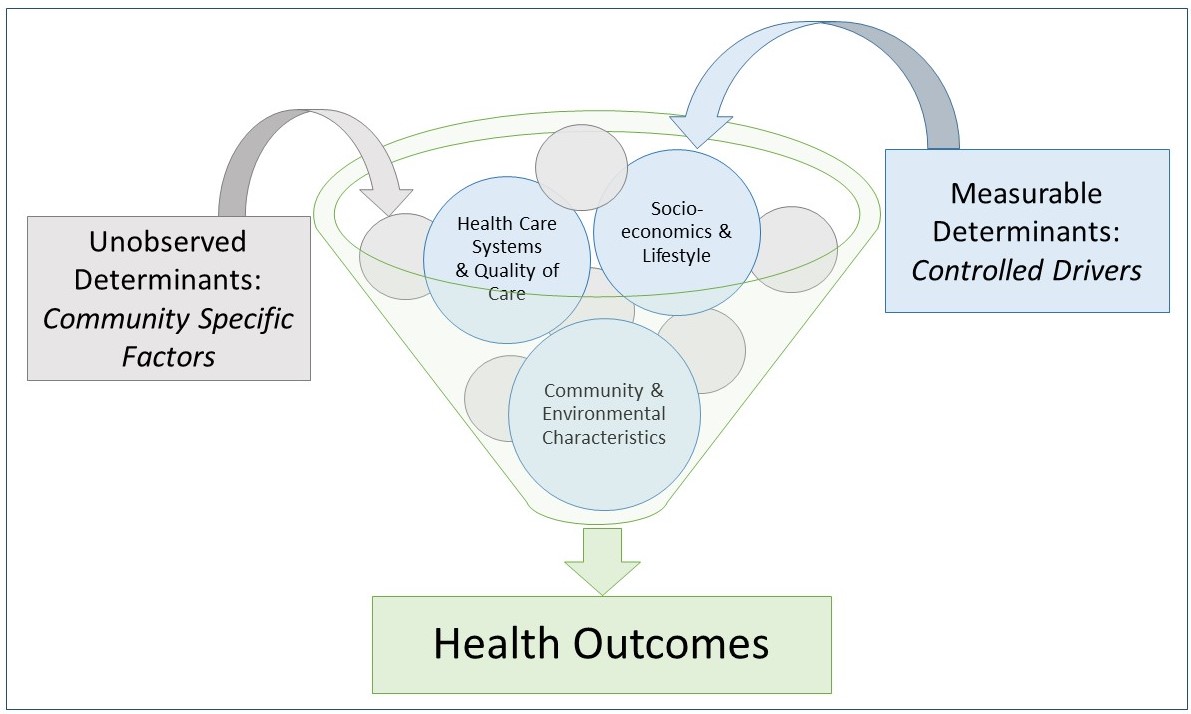Understanding Health – Local Factors
Home » News / Events » Understanding Health – Local Factors
Bright Spot Communities Fare Better in the Pandemic
Certain Bright Spot Appalachian communities appear to be less vulnerable to COVID-19 infections.
Click here for a new report from PDA detailing how Bright Spots are navigating the COVID-19 pandemic. (January 2021)
August 2018 – Results of a 2-year study of Bright Spot communities in Appalachia where health outcomes were better than expected. PDA, Inc. and The UNC Cecil G. Sheps Center for Health Services Research were primary authors of the studies for Appalachian Regional Commission, The Robert Wood Johnson Foundation and The Foundation for a Health Kentucky.
The studies included data for all counties in the United States and offer a basis for understanding and addressing community health and identify factors that support a culture of health. They also explore activities, programs, and policies that appear to encourage better-than-expected health outcomes.
Though where you live matters to your health, the report, Identifying Bright Spots in Appalachian Health: Statistical Analysis, identified counties where health outcomes were better than expected, and describes community profiles that were similar among the Bright Spot counties. Though communities varied, drivers associated with better than expected health outcomes included:
- percentage of adults that do not smoke
- percentage of adults that are physically active
- low percentage of the population receiving disability payments and,
- low teen birth rates
Taking a closer look at ten of the Bright Spot counties, the report Exploring Bright Spots in Appalachian Health: Case Studies describes the people and community-focused strategies, programs, and activities that are working to improve health in these ten Bright Spot counties. While each county developed its own approaches for addressing local health challenges, the researchers identified several community specific factors:
- community leaders engaged in health initiatives;
- cross-sector collaboration;
- a tradition of resource sharing;
- local health care providers committed to public health;
- active faith communities; and,
- grassroots initiatives to combat substance abuse.
“While Appalachia lags behind the rest of the nation on many key measures of health, this research offers evidence that local communities, even with modest resources, can influence in a positive way the health and well-being of their citizens,“ said ARC Federal Co-Chair Tim Thomas. “All the counties profiled in this research share a sense of strength and resiliency. They offer concrete examples for other communities that may be encouraged to similarly leverage their own available assets to advance health and quality of life.”

